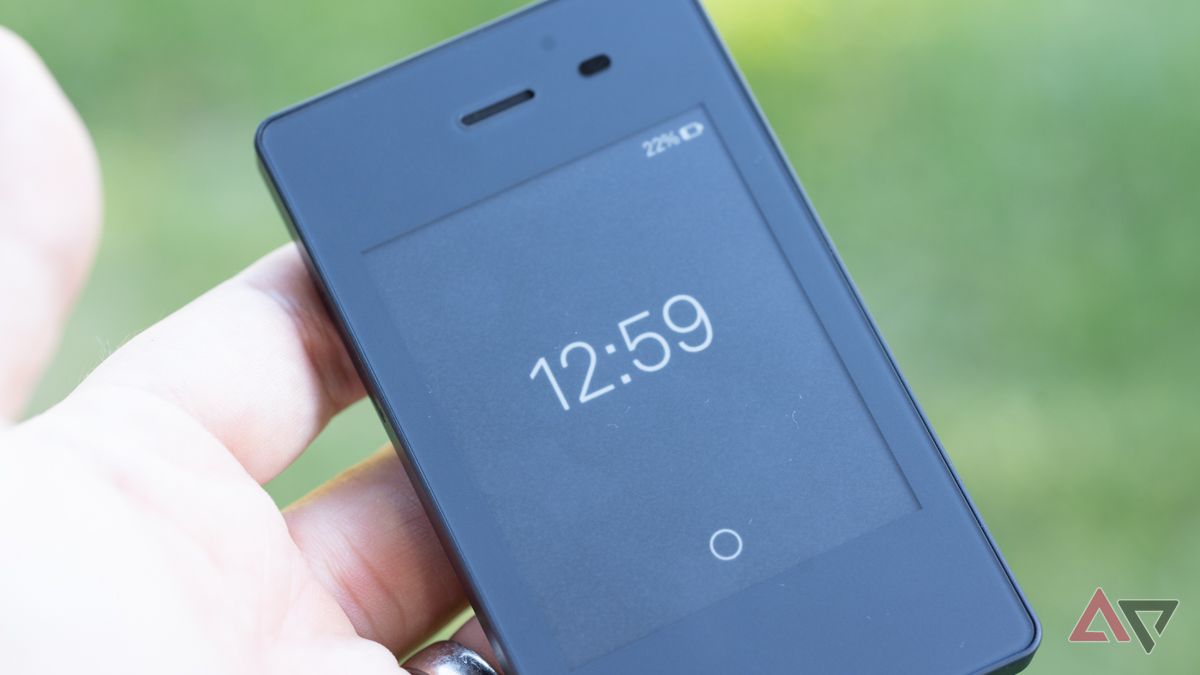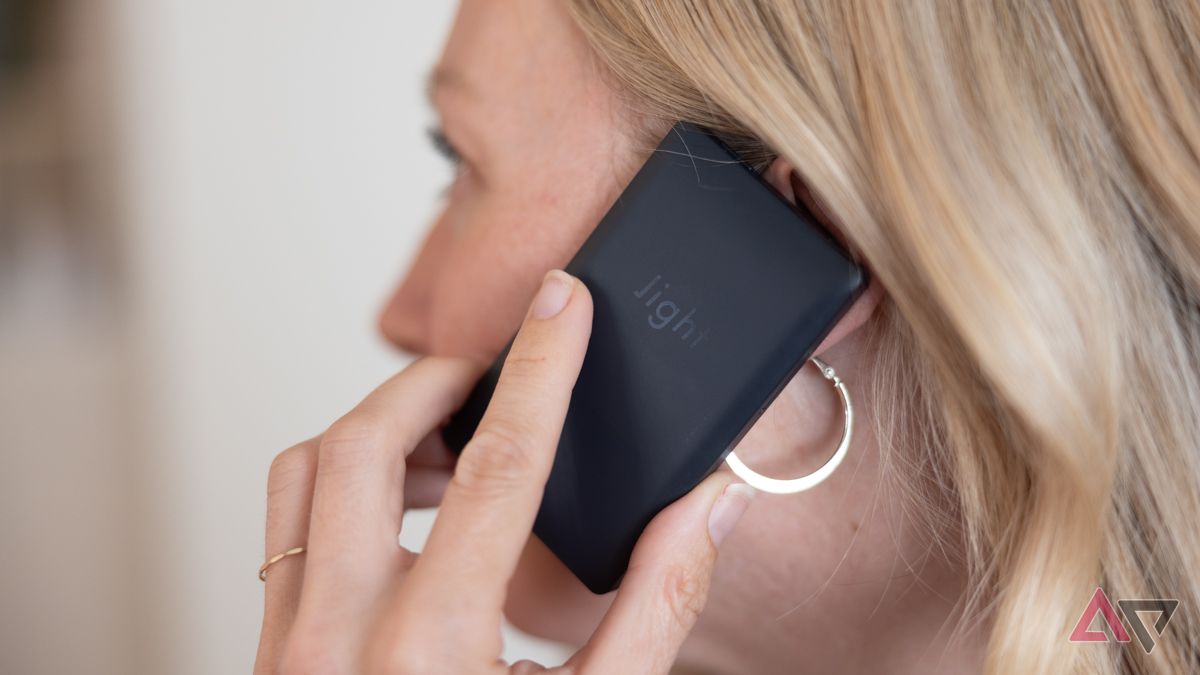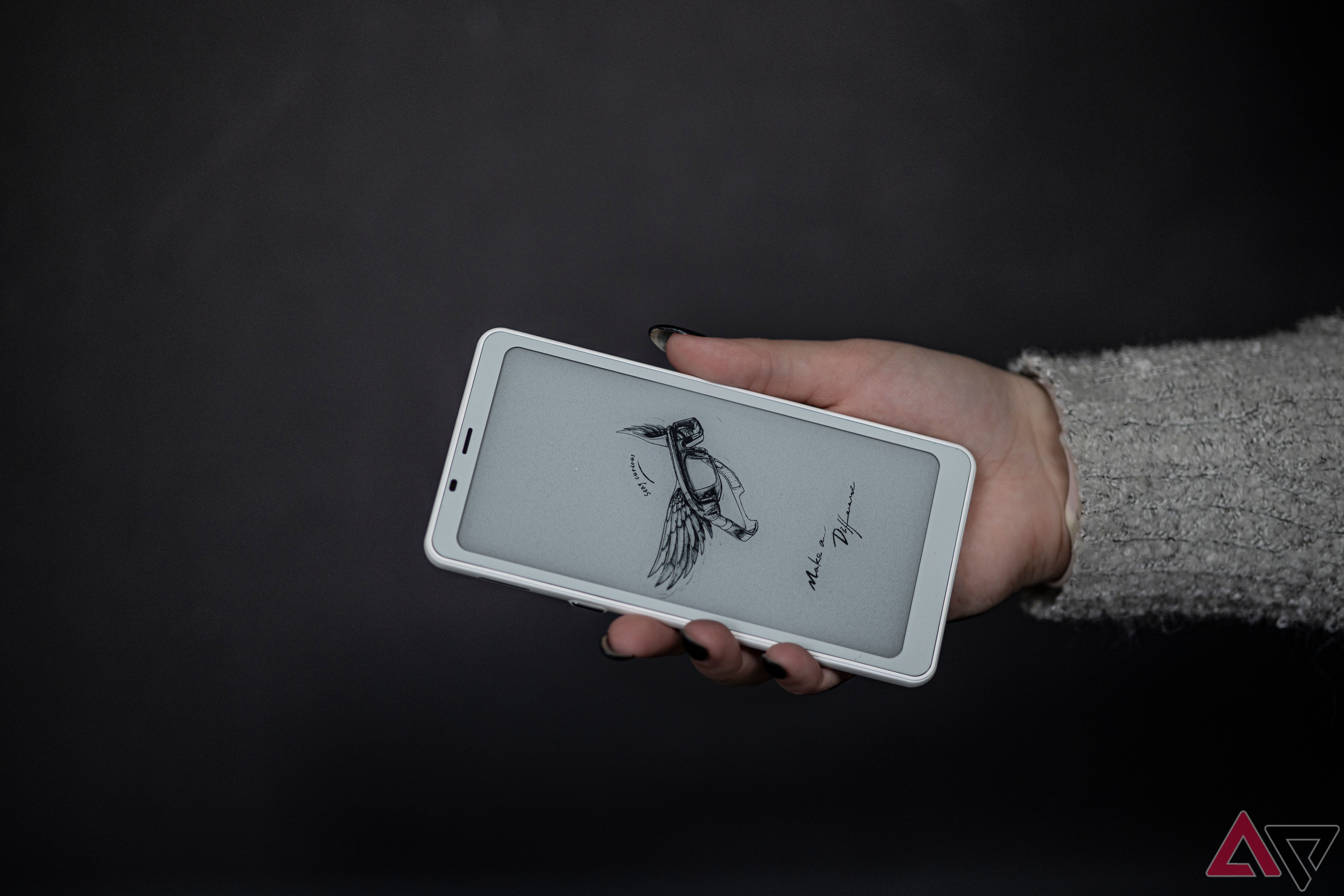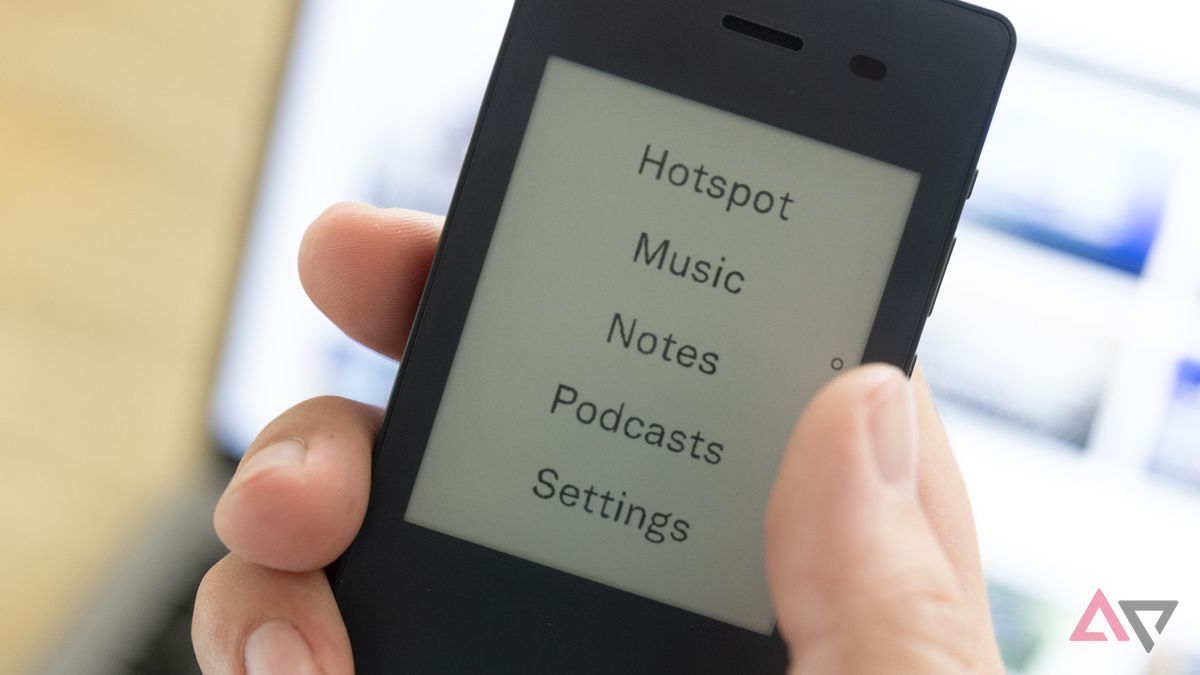I spend too much time on my phone; whether it’s reading, scrolling, or texting, engaging our smartphones is a habit we can struggle to shake off. Despite there being ways to manage your screen time, with phones having better processors, displays, speakers, and cameras, their magnetic pull is stronger than ever. And that’s before we even consider phones that now flip, fold, and do all sorts of fancy acrobatics.
So, while screen time restraints are okay to have, they’re all enforced and disabled by the user, and willpower will affect their efficacy. As a recovering workaholic and people pleaser, I’ve found the most effective way to lessen my smartphone’s pull is to simply make it less pleasant to use, dulling the addictive edge by taking out the gorgeous OLED colors and spatial audio.
What I’m saying is we need more E Ink smartphones. But if you live in the United States, your options are slim to nonexistent. And that needs to change.
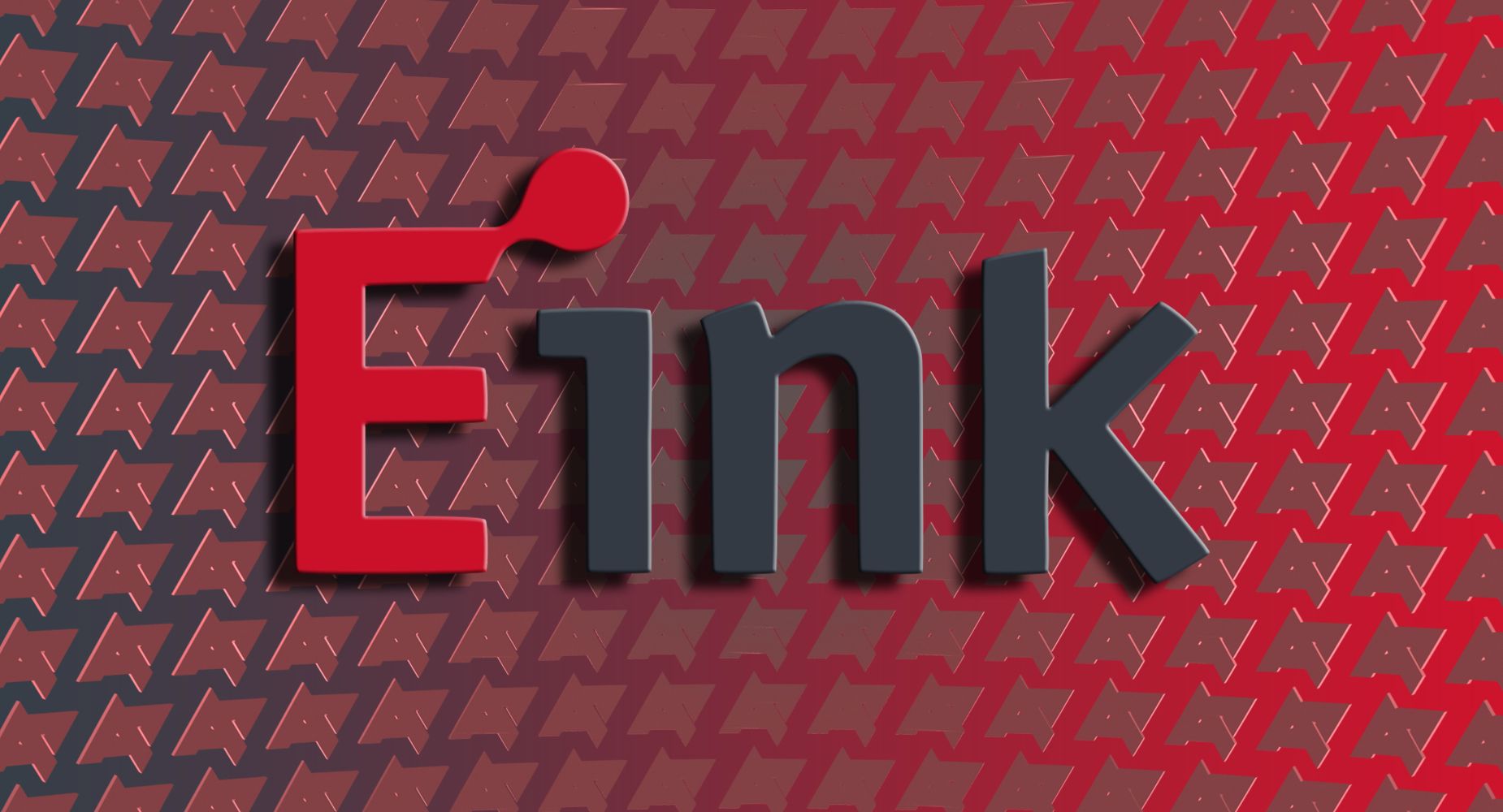
Related
What is an E Ink display, and how does it work?
Learn about how the fascinating screen technology works
I’d finally have a phone that doesn’t turn into a palm-sized oven under sunlight
Eink devices cope better under direct heat and light
E Ink readers and I go way back. After over a decade of taking a Nook or Kindle to the beach, or out to the veranda for an afternoon of reading in the sun, one advantage they’ve always had over my phone or tablet is staying cool as a cucumber as I basked in the sunlight.
Some phones are much worse at handling heat than others, but their overall tolerance of direct sunlight is far lower than an E Ink device. My iPhone 15 can’t even charge in my car on a sunny day, even when the air conditioner is running. Sure, leave any electronics out in the roiling heat or sunlight, and they’ll eventually fry, but E Ink matte displays are usually easier to read when outdoors, too.
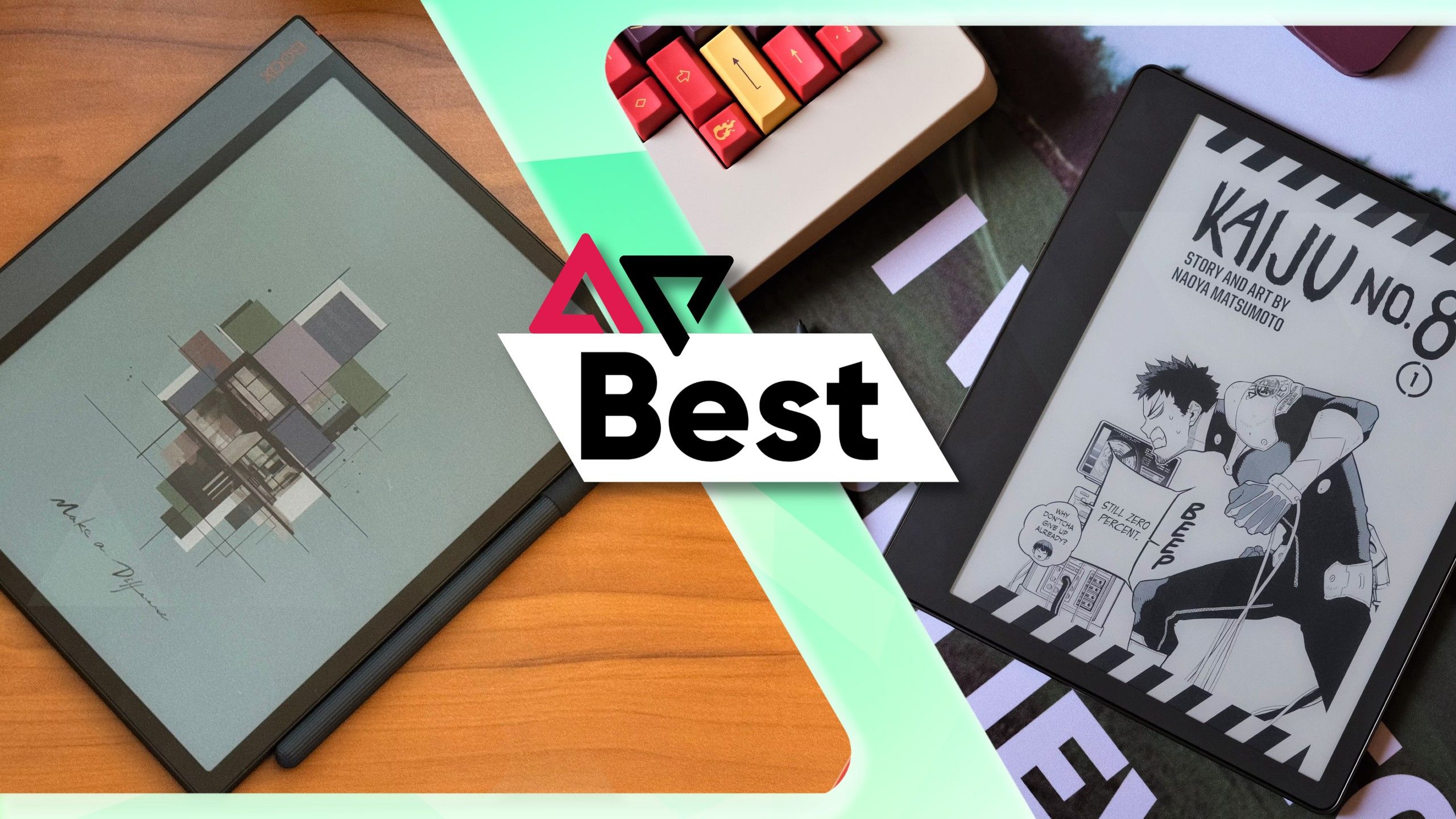
Related
Best E Ink tablets in 2024
Slim designs, crisp displays, and intuitive note-taking
No more being tethered to a charging cable
Fewer hours spent scrolling on an OLED device
Many modern E Ink devices (like those released in the last two to three years) utilize backlighting and optional frontlighting to make the screen readable in low-light conditions; and even then, the light remains diffused and soft, providing less of an assault on your eyeballs than a blast of LED light.
Less eye strain is the more obvious advantage, but this would also be one of the reasons that an E Ink phone doesn’t siphon its battery juice as quickly as a standard smartphone. Especially with an E Ink smartphone discouraging tons of video watching and scrolling because of its display limitations, this device probably wouldn’t need to be charged more than once or twice a week, at most.
Across the many E Ink devices I’ve used, the battery doesn’t drop by more than ~5% every three to five hours used. Even accounting for the higher computing demands and more hours of daily use you’d expect from using a phone, the battery life in an E Ink smartphone may still outpace a traditional phone.
Boox got so close to an E Ink phone with the Palma
We’re just a SIM tray away
Right now, the closest I’ve gotten to an E Ink smartphone is the Boox Palma, a smartphone-sized e-reader that boasts a speaker, microphone, and camera.
Without a SIM tray, the closest the Palma gets to being a full-fledged smartphone is by using Wi-FI voice/communication apps like Google Voice and WhatsApp. To take calls and send messages on the go, you’d still need some sort of internet/data connection, like through a mobile hotspot (offered, ironically, by an actual, fully-functioning smartphone).
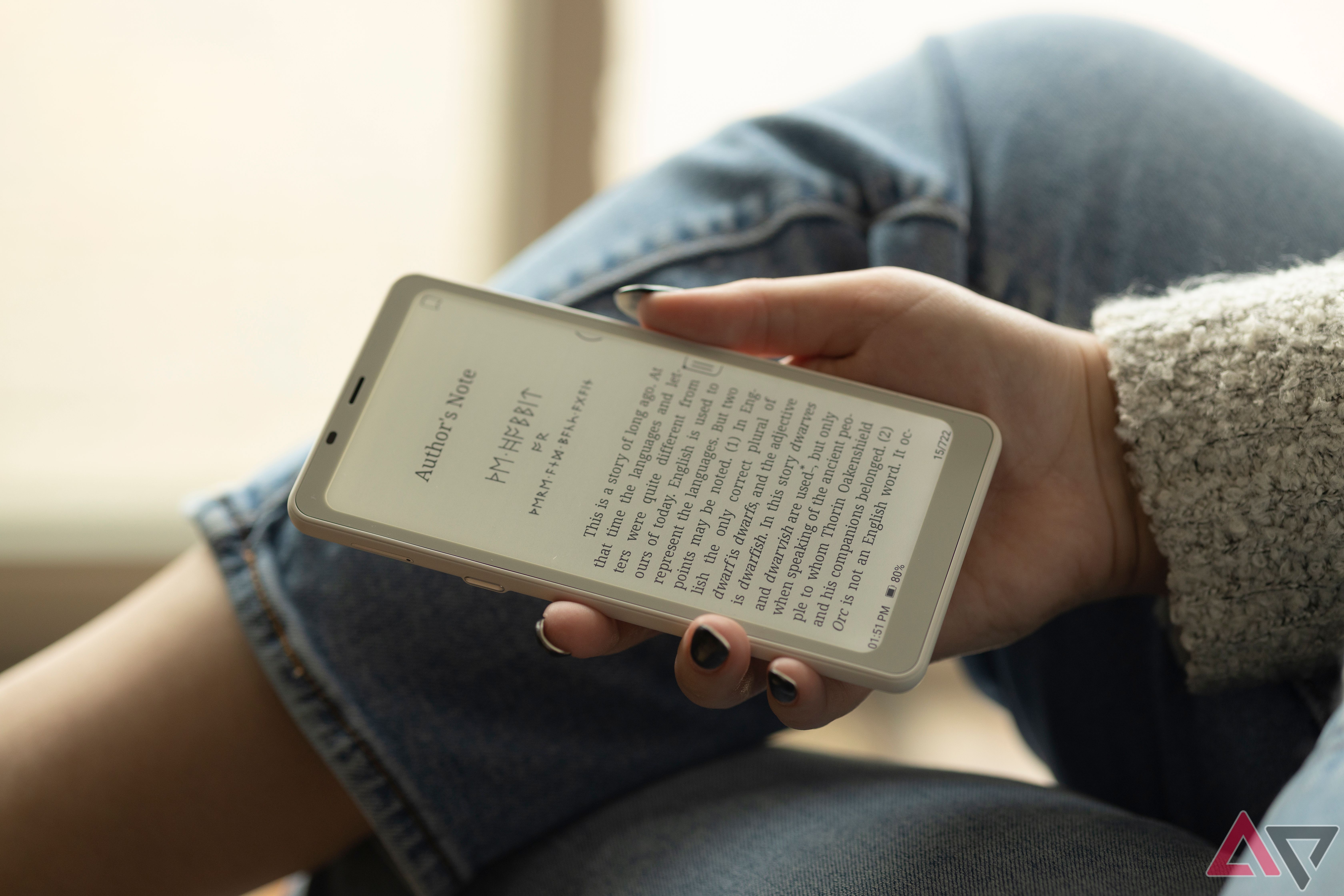
Related
Boox Palma review: An e-reader rated E for everyone
I never want to buy another e-reader again (unless it’s another Palma)
The Palma shows us that E Ink technology has advanced enough to stand up to everyday smartphone needs, for the most part. On Boox’s mobile-sized device, I could watch many videos and type quickly without E Ink ghosting gumming up the display. It wasn’t a perfect experience, especially with darker or poorly lit videos, but that’s part of the appeal of an E Ink smartphone: fewer wasted hours staring at the screen.
Understandably, most people wouldn’t want every piece of media they consume on their phones to be in black and white, but I have faith that applying ultra-fast E Ink refresh rates to color E Ink isn’t all that far off.
E Ink phones have a spotty history in the American market
No 5G support in sight
If you walked into one of the popular American carrier stores and asked for an E Ink phone, you’d probably be met with raised eyebrows and scrutiny, as they’re not prominently displayed on shelves the way the iPhone and Samsung Galaxy are.
E Ink phones do exist, though. Hisense has a line of them, including color E Ink smartphones; the Light Phone II is an E Ink device, although the upcoming Light Phone III is jumping aboard the OLED train; Minimal Phone is a QWERTY-style E Ink phone currently on IndieGoGo; and we’re eagerly awaiting the Kompakt, an E Ink phone from Polish brand Mudita.
That said, while E Ink phone availability isn’t widespread, it’s not the big issue. It’s that, even once you get your hands on one, it likely won’t work very well on American cellular networks. There are a myriad of requirements phones must meet to be permitted onto a U.S. carrier’s network, and 5G coverage of an E Ink phone in the United States is currently unheard of.
Hopefully, the E Ink phones coming in the near future, including the Minimal and the Kompakt, finally bridge the gap between the American carrier networks and users who want a simplified smartphone that shares their goals of minimized screen time and more mindful consumption.
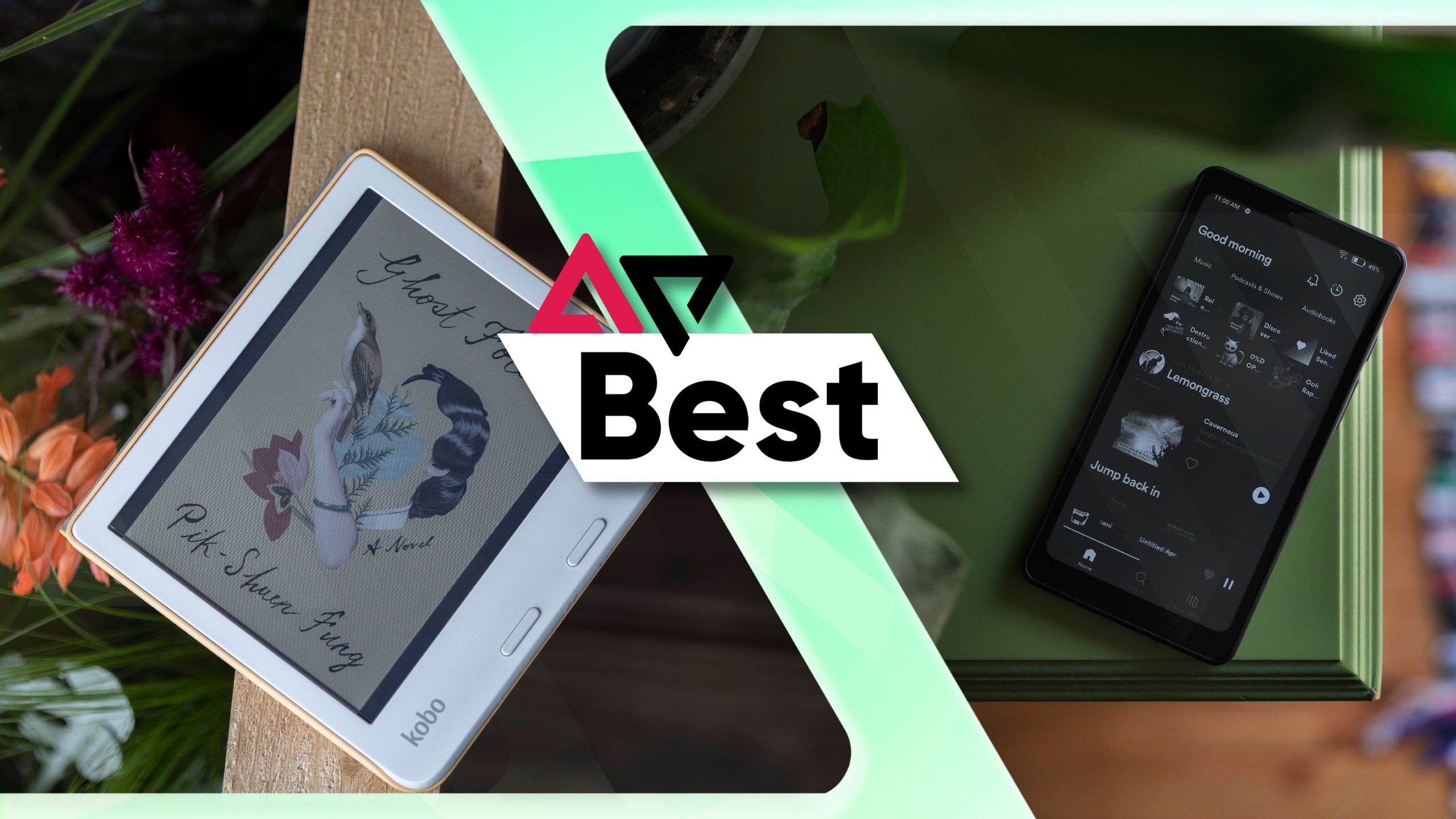
Related
Best e-book readers in 2024: Kindle, Kobo, Boox, and more
‘E-reader’ doesn’t just mean ‘Kindle’ any more
Source link

